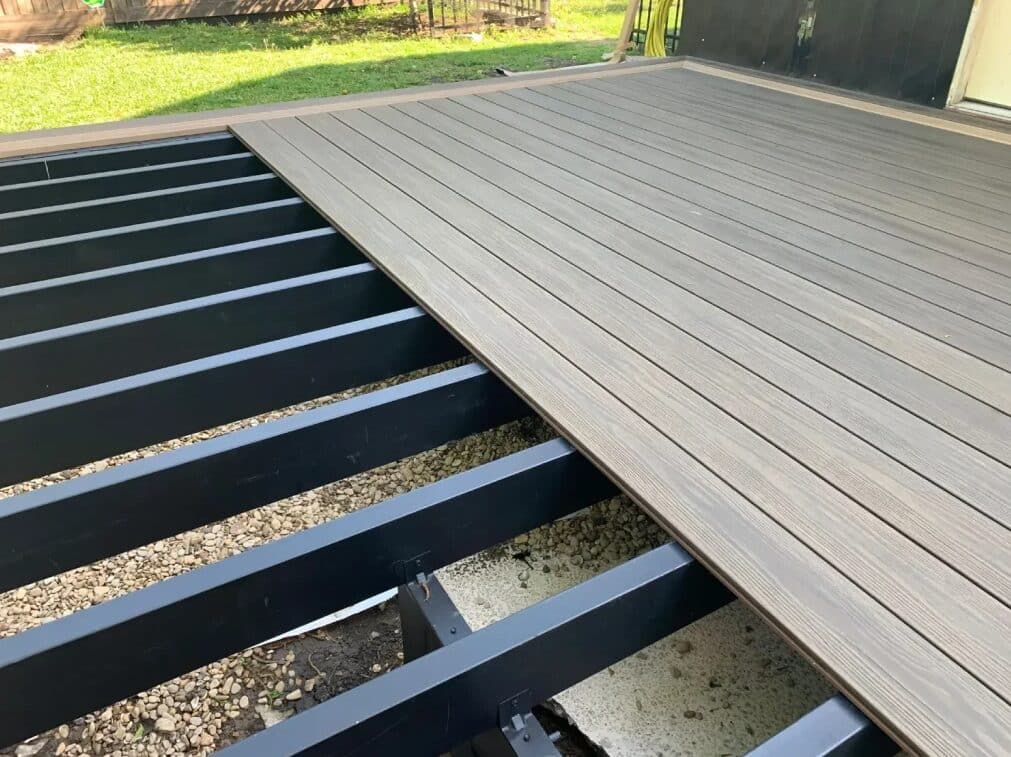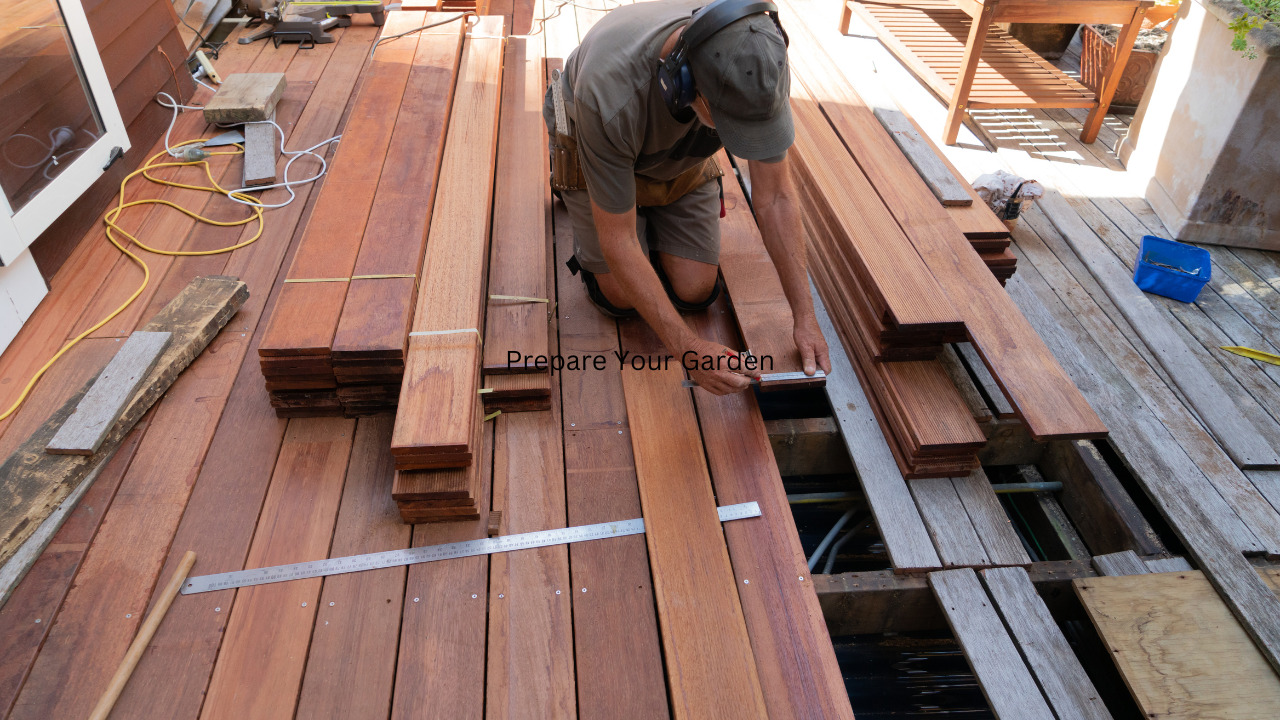A deck should be a strong platform for your outdoor activities and an extension of your living area. A shaky or bouncy deck is concerning and does not inspire confidence in the builder’s abilities. Deck joist blocking is a simple deterrent or solution.
Some deck builders place blocking throughout the frame to boost the strength of long joist spans and create a more solid structure.
To cut and install blocks that will assist keep deck joists straight and square, use this post’s quick and effective procedure. This article will provide all you need to know about blocking deck joists.
Table of Contents
Joist Blocking: An Overview
Pieces of woodcut from joist material and set perpendicular to the joist to link or bridge the gap between joists are known as deck joist blocking. The length of the blocks is usually consistent. Short lengths of solid blocks cut from joist material and connected between joists are called blocking.
Although they are not as quick or easy to install as strapping, they provide far greater structural support. They are frequently inserted in an alternating or straight line between joists during construction and disappear under a single deck.
In addition, the slim vertical shape sheds moisture better and lasts longer.
Most deck builders cut scrap or unsuitable joist boards into blocks for spacing between beams. Blocking is also commonly utilized to support deck board designs by creating a frame or racetrack. Blocking also acts as a joist brace, supporting posts for railings and other constructions, such as stairs.
Type Of Material Used For Joist Blocking
Blocking can often be done with spare components from your frame lumber. Always check to see if the material has been pressure-treated or if it is inherently resistant to deterioration. Another blocking method is to put the blocking level with the joist tops to produce a firm surface around the perimeter to hold a picture frame or racetrack perimeter board.
Blocking can also provide support for a dividing board, zipper pattern, or herringbone pattern down the center of a deck. Most inventive decking styles, such as parquet, will necessitate some blocking.
Remember to paint all cuts and drill holes exposing unprotected timber with preservatives to prevent decay when using pressure-treated wood. It’s also worth noting that preservative chemicals will corrode metal if it’s not protected, so use fasteners approved for treated wood.
Why Do Your Deck Need Joist Blocking?
Blocking floor joists helps straighten bends and twists by maintaining a consistent gap. To avoid twisting, maintaining spacing, and transferring compression and flexing forces between several joists, joists that overlap at a beam should be blocked.
When joists are loaded or owing to moisture-induced expansion or contraction, joist bridging prevents them from twisting or spinning. By dispersing forces between connected joists and blocking midway between support beams, the structure is strengthened, and deflection and bounce are reduced.
Walking or jogging across parallel joists causes lateral movement, which can be reduced by bridging them. As loads are applied, solid blocking made of wood that is the same width and thickness as the joists effectively cross transmits loads between the joists’ top and bottom portions or cords.
Additional blocking is frequently installed between rim or band joists and the joist parallel to it to strengthen stability and decrease flexing. The extra blocks can also be spaced to optimize the connection of the railing post.
Steps To Install Joist Blocking
Long joist spans benefit from mid-span joist blocking because it reduces joist bouncing and provides rigidity. Blocking also keeps joists from twisting or moving as pressure-treated lumber expands and compresses periodically.
1. Choose Material
Make sure to choose the same material as your joist for blocking. The framing cut-offs from your junk pile often might be put to good use. When working on an external deck, use pressure-treated or naturally decay-resistant blocking material.
2. Install Blocking Between Joists
To reduce bounce, use blocking or bridging between joists in the mid-span. Guardrails can be strengthened by adding blocking to the perimeter rim joists. When nailing outside deck blocking, use galvanized or treated frame fasteners.
3. Use A Chalk Line To Layout Bridging
To set out your bridging, draw a chalk line across the middle of the joists. Blocking and bridging can be done with waste frame material.
4. Firm Blocking Material With A Nail Gun
To allow space for nailing, stagger the blocking material. Blocking and bridging materials should be installed flush with the deck frame’s top. The chalk line is also used in the configuration for straight-line blocking, but the blocks are all on the same side of the line.
One end of the blocks can be directly fastened, while the other must be toenailed into position. The straight-line of joist bridging is readily hidden beneath a deck board, but from below, it looks better.
Bottom Line
Blocking and bridging deck joists at mid-beam spans or intervals of less than 8 feet reduces bounce and sway. It integrates the joist system, making the deck stronger and more coherent.
Many builders block all joists, regardless of size, even though it is only required at the open joist ends or for bigger dimension joists.
Hopefully, you can install joist blocking yourself after reading this post. If you are still not comfortable or not a DIYer, you can also hire professionals for deck joist blocking the installation.





